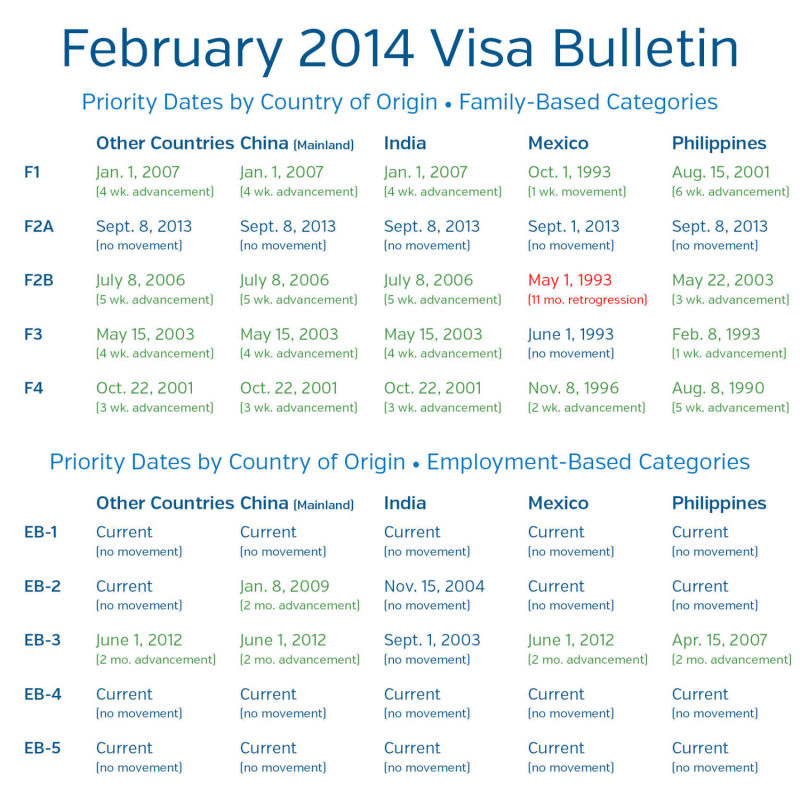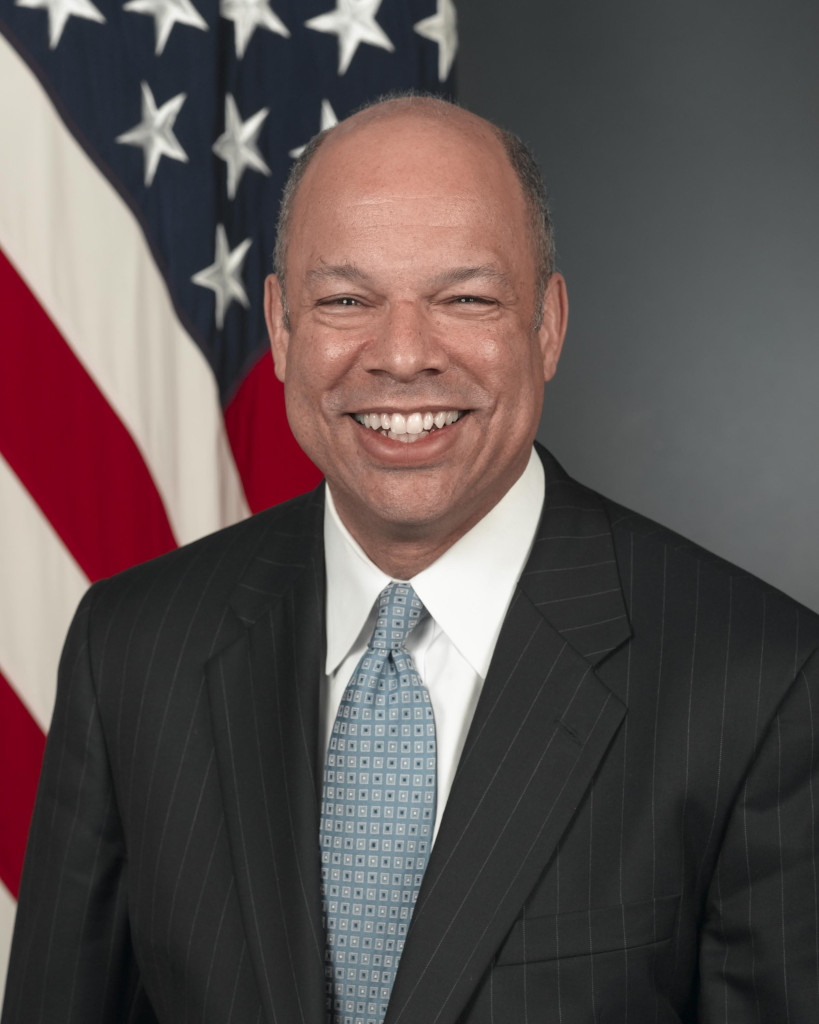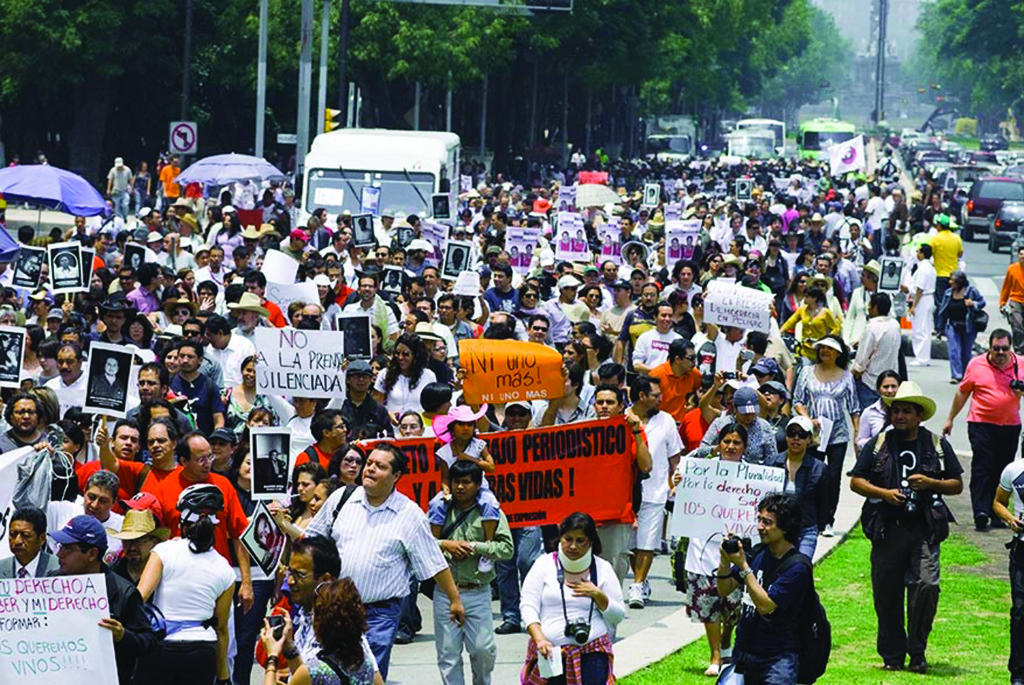By VISANOW Contributor|2013-12-27T15:29:55-06:00December 27, 2013|
 This week we’re talking about H visas, some of the most popular (and most difficult to obtain) of the U.S. work vises. The different types of H visas currently being issued by the U.S. government vary greatly, but the unifying quality of H visas is they grant temporary, specific, prearranged employment to a foreign national in the U.S. The burden is also on the U.S. employer to prove that these services are absolutely necessary and unable to be fulfilled by a U.S. resident applicant.
This week we’re talking about H visas, some of the most popular (and most difficult to obtain) of the U.S. work vises. The different types of H visas currently being issued by the U.S. government vary greatly, but the unifying quality of H visas is they grant temporary, specific, prearranged employment to a foreign national in the U.S. The burden is also on the U.S. employer to prove that these services are absolutely necessary and unable to be fulfilled by a U.S. resident applicant.
U.S. H visa types:
- H-1B visas for foreign nationals in a specialty (high-skill) profession
- H-1B1 visas for foreign nationals of Chile or Singapore who are in a specialty (high-skill) profession
- H-1B2 visas for specialty workers for the U.S. Department of Defense
- H-1B3 visas for fashion models “of established merit or prominence”
- H-1C visas for nurses in an area where there is a professional shortage
- H-2A visas for temporary agricultural workers (low-skill) performing services unavailable in the U.S.
- H-2B visas for temporary workers performing non-agricultural services that are unavailable in the U.S.
- H-3 visas for trainees
- H-4 visas for dependents (spouses and/or children) of any of the above visa holders
If you’ve ever heard of any of these visas, it’s almost certain to be the H-1B. Over the past few years, H-1B visas have become increasingly popular due to U.S. employers’ high demand for skilled workers from overseas in industries like telecommunications, engineering, medicine, and information technology. H-1B visas are issued in limited amounts each year (a number known as the “H-1B cap”) beginning April 1. If USCIS reaches its H-1B cap of 65,000 within the first week of April, then it holds a lottery to see which of the qualifying applicants will get a visa. Although the demand for H-1B visas (and other H visas) has increased substantially over the years, the H-1B cap has not increased. This is another issue that U.S. employers and immigration advocates want addressed as part of comprehensive immigration reform.
Like almost every other U.S. work visa, a foreign national cannot apply for an H visa on their own. Their employer must petition them (and any dependents) to come to the U.S. before they can ever cross the U.S. border, a complicated process that requires a great deal of paperwork, including certification that the H visa job cannot be filled by an American worker.
How long is “temporary” work on an H visa? When does an H visa and work permit expire?
Expiration for H visas varies by type, and most can be extended or renewed for limited time. H-1B visas are often used as a stepping stone to permanent residence (green card.) H-1Bs do not lead to a green card technically, but many foreign nationals will obtain an H-1B while they wait for the lengthy, sometimes decade-long process of getting their work-based green card that allows them to stay in the U.S. indefinitely.
H-1B visas allow an individual to stay in the U.S. in H-1B status for up to 6 years if they renew. H-2A and H-2B visa holders have a three year maximum stay even with renewal. The maximum for H-3 trainee visa holders is generally two years. H-4 visa holders are subject to the deadlines of their spouse or parent’s H visa.
H-3 and H-4 visas: the “work visas” that technically aren’t for work
H-3 visa holders are officially only allowed to train for a job while inside the U.S., and their training must be intended for a job outside the U.S. once the training program has finished. The proposed training cannot be available in the applicant’s home country and the amount of actual “work” the H-3 visa holder can achieve is extremely limited.
An H-3 visa holder still has much more flexibility than foreign nationals with H-4 visas. Unfortunately, spouses and children of H visa employees have no right to work in the U.S. If an H-4 dependent wishes to pursue work in the U.S., they must apply for a work or student visa of their own.
Each week, we look at a different non-immigrant visa by letter, starting with “A” visas. Our intention is to not only help people understand the depth and complexity of U.S. immigration, but also to bring awareness to the enormously diverse pool of immigrants that enter our country every year.









 Looking to come to the U.S. by applying for a G visa? You’ll have to be a diplomat or other government official working as an employee of an international organization. First, a consular officer determines if you are eligible for an Employee of an International Organization (G) visa. They must find your intended purpose of travel to be in pursuit of carrying out official duties.
Looking to come to the U.S. by applying for a G visa? You’ll have to be a diplomat or other government official working as an employee of an international organization. First, a consular officer determines if you are eligible for an Employee of an International Organization (G) visa. They must find your intended purpose of travel to be in pursuit of carrying out official duties.